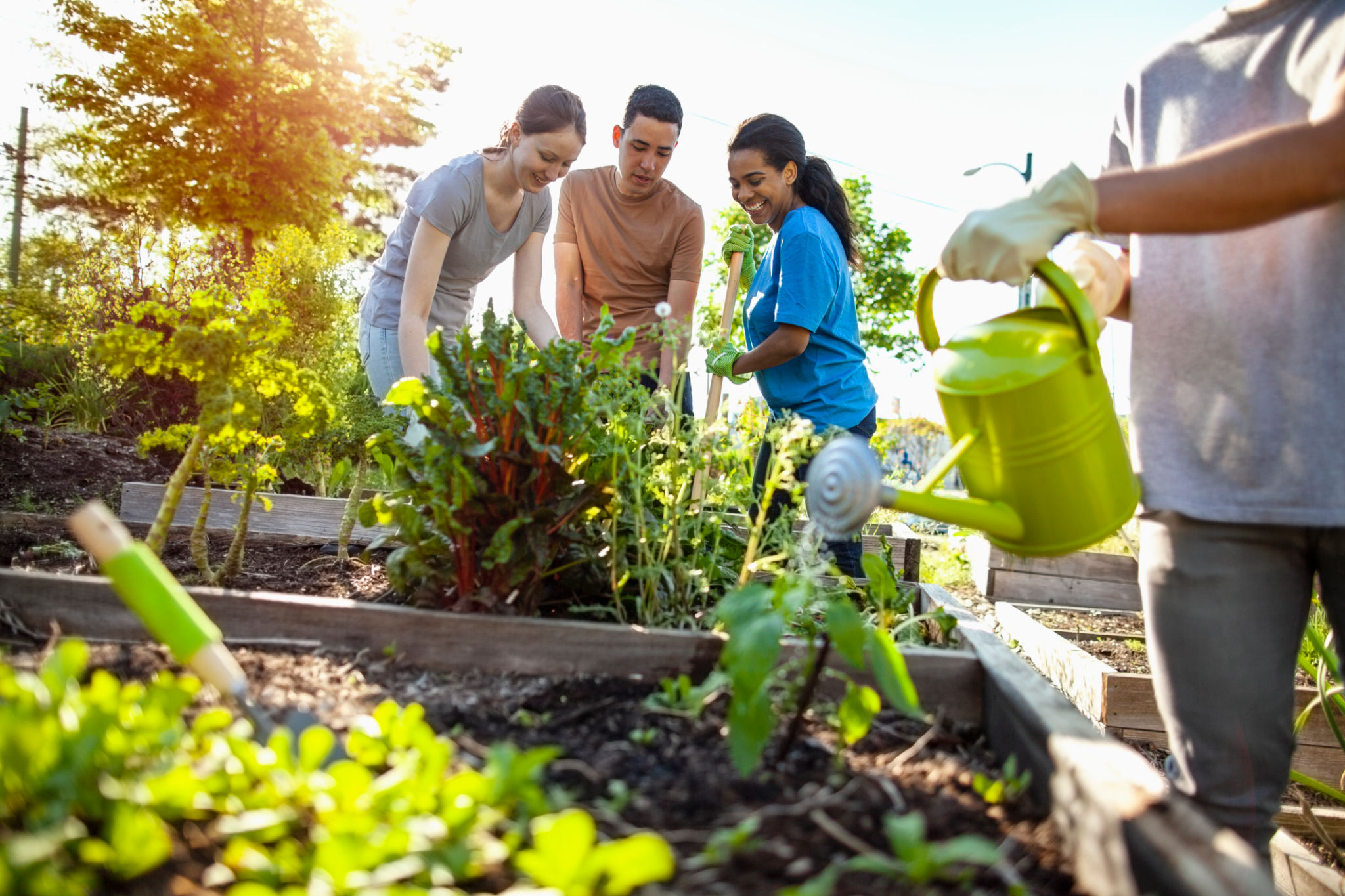Myth-Busting Sustainable Landscaping: Common Misconceptions Debunked
Understanding Sustainable Landscaping
Sustainable landscaping is often misunderstood, with many myths surrounding its practices and benefits. As we strive for more environmentally-friendly lifestyles, it's crucial to separate fact from fiction about how we can maintain our outdoor spaces in a sustainable manner. Let's explore some common misconceptions about sustainable landscaping and uncover the truth behind them.

Myth: Sustainable Landscaping Is Too Expensive
One of the most prevalent myths about sustainable landscaping is that it's prohibitively expensive. While it's true that some initial costs might be higher, the long-term savings are significant. By investing in native plants, efficient irrigation systems, and soil health, homeowners can reduce water usage and maintenance expenses over time. The focus on sustainability eventually leads to cost savings, making it a wise investment.
Moreover, sustainable landscaping often incorporates the use of reclaimed or recycled materials, which can be more cost-effective than new materials. This approach not only lowers costs but also reduces the environmental footprint of landscaping projects.
Myth: It's Just About Planting Native Species
While planting native species is an essential aspect of sustainable landscaping, it's not the only component. Sustainable landscaping is a holistic approach that includes water conservation, soil management, and biodiversity enhancement. It involves creating habitats for beneficial insects and birds, reducing lawn areas to conserve water, and utilizing organic gardening practices to promote soil health.

Additionally, sustainable landscaping encourages the use of efficient irrigation systems, such as drip irrigation, which minimizes wasteful water runoff and ensures that plants receive the optimal amount of water.
Myth: Sustainable Landscapes Are Low Maintenance
Another misconception is that sustainable landscapes require little to no maintenance. While they can reduce some maintenance tasks compared to traditional lawns, they still require care and attention. Sustainable landscapes focus on creating a balanced ecosystem, which involves monitoring plant health, managing pests naturally, and occasionally adjusting irrigation systems.
However, once established, these landscapes often require less frequent watering and mowing, which can save time and effort in the long run. The key is understanding that sustainable landscaping is about smart maintenance rather than no maintenance at all.

Myth: Sustainable Landscaping Lacks Aesthetic Appeal
Many people believe that sustainable landscapes are not as visually appealing as traditional landscapes. This couldn't be further from the truth. Sustainable landscapes can be incredibly beautiful and diverse, offering a variety of colors, textures, and forms that change with the seasons. By incorporating a mix of native plants, flowering perennials, and ornamental grasses, homeowners can create stunning outdoor spaces that are both eco-friendly and attractive.
Furthermore, sustainable landscaping often emphasizes design elements such as rain gardens, xeriscaping, and edible gardens, adding unique features that enhance the overall aesthetic of the landscape.
Myth: It's Only for Large Properties
Sustainable landscaping isn't limited to large properties or rural areas; it can be implemented in any size space, including small urban yards or balconies. The principles of sustainability can be adapted to suit different environments, making it accessible to everyone. Container gardening with native plants or installing a small rainwater collection system are just a few ways urban dwellers can embrace sustainable practices.

Ultimately, sustainable landscaping is about making thoughtful choices that benefit both the environment and the homeowner. By debunking these myths, we can better appreciate the value and versatility of sustainable landscaping in creating greener and more resilient outdoor spaces.
